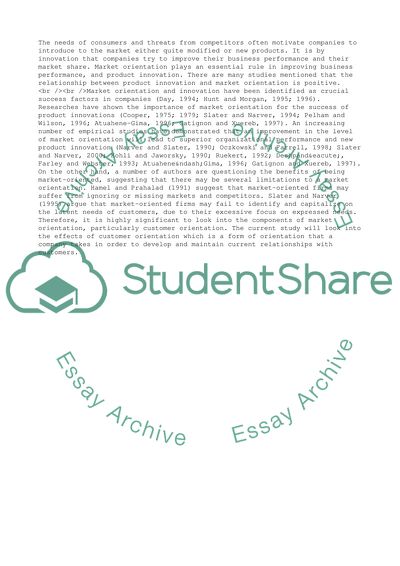Cite this document
(The Effects of Customer Orientation on Product Innovation in Arabic Coursework Example | Topics and Well Written Essays - 5000 words, n.d.)
The Effects of Customer Orientation on Product Innovation in Arabic Coursework Example | Topics and Well Written Essays - 5000 words. https://studentshare.org/business/1757247-proposal-phd
The Effects of Customer Orientation on Product Innovation in Arabic Coursework Example | Topics and Well Written Essays - 5000 words. https://studentshare.org/business/1757247-proposal-phd
(The Effects of Customer Orientation on Product Innovation in Arabic Coursework Example | Topics and Well Written Essays - 5000 Words)
The Effects of Customer Orientation on Product Innovation in Arabic Coursework Example | Topics and Well Written Essays - 5000 Words. https://studentshare.org/business/1757247-proposal-phd.
The Effects of Customer Orientation on Product Innovation in Arabic Coursework Example | Topics and Well Written Essays - 5000 Words. https://studentshare.org/business/1757247-proposal-phd.
“The Effects of Customer Orientation on Product Innovation in Arabic Coursework Example | Topics and Well Written Essays - 5000 Words”. https://studentshare.org/business/1757247-proposal-phd.


